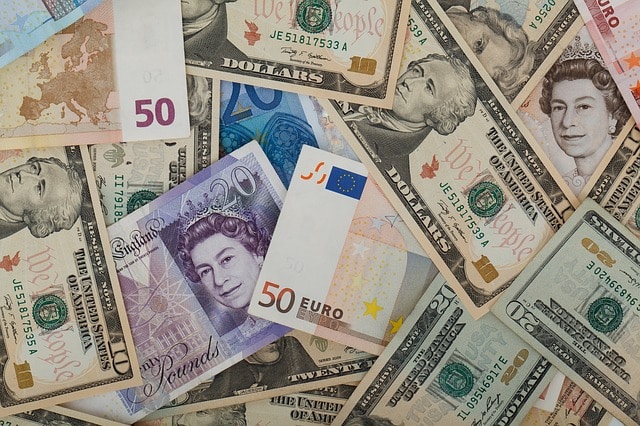
International credit operations require the study of the risk premium
The notion of risk premium is used in the field of finance . This is the name given to the extra price that, compared to other nations, a country must pay to access financing in the markets .
Country risk
Before continuing, it is convenient to define a very important concept to understand the basis of risk premium : country risk . This indicator represents any risk that arises from financing and investments in one country in relation to another if we compare and contrast them. The need to take this aspect into account when carrying out public credit operations experienced rapid growth alongside other phenomena, such as the development of large multinationals, foreign trade and, in particular, banking operations between several countries.
Let's say that it would not have been cautious to carry out these operations without maximizing the guarantees , since investigating a country is not as easy as investigating a citizen before granting them a loan. Precisely, international banks did not take long to understand that they would have to face a number of new and different challenges, which would make it necessary to study the political, social, economic and also psychological traits of potential clients before giving the go-ahead. Likewise, the fiscal and legal analysis of other countries also became of great importance.
It is important to keep in mind that country risk is associated with the debtor's payment capacity . It is a score that is calculated from various variables, comparing the financial situation of the countries: those with a higher country risk show more difficulties in assuming the payment of their debts. Thus, you have to pay more interest to access credit, and your lenders charge a high risk premium.
Amount for financing
The risk premium, therefore, is linked to the interest rate (the money someone pays to receive a loan). The higher the country's risk, the higher the risk premium, which means that the State in question must pay more interest on the loans it receives .
It can be said, in short, that the risk premium represents an amount demanded by investors to finance a country. Investing in a State with a high country risk (buying its bonds, for example) is risky: the risk premium, in this framework, is used to provide greater profitability and thus encourage the investor to disburse the money despite the lack of security .
The notion of risk premium can also be understood by defining it as the difference that is paid to an investor in the interest rate when they choose to make a certain investment that is less reliable than another. If investing in country A is riskier than investing in country B , country A will pay the premium so that the investor who assumes the risk obtains a higher profit.

The risk premium hides a complexity that transcends the financial plane
Practical example
To understand the concept of risk premium without taking into account the technical aspects of international relations and banks, we can resort to a more everyday theoretical situation. Let's think about a television show in which a contestant must choose one of two doors, behind one of which there is a prize of 1000 dollars , while the other would leave him empty-handed. In addition, they offer him to accept half, $500, on the condition that he withdraw.
Both options have the same expected value ($500), so the risk premium is zero. If, on the other hand, behind the door with a prize the amount was 1,500, then the risk premium would be 250 dollars.
